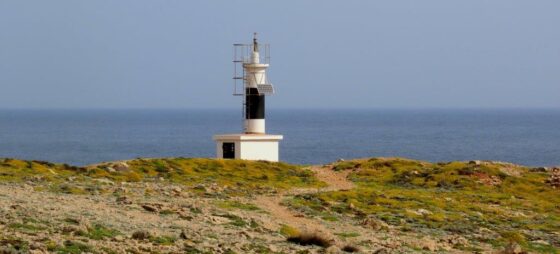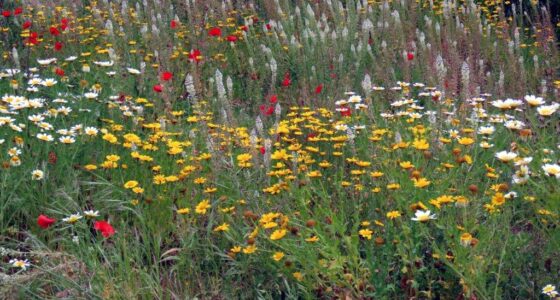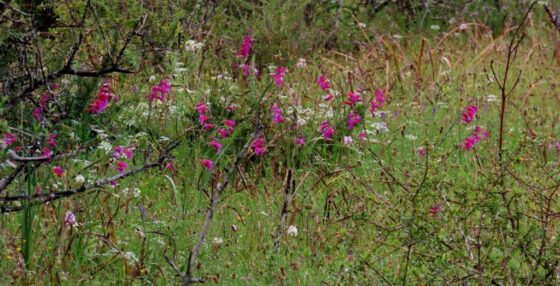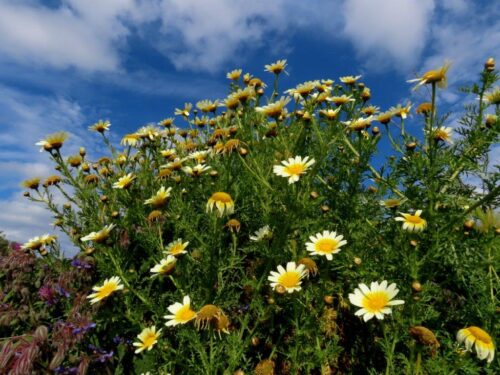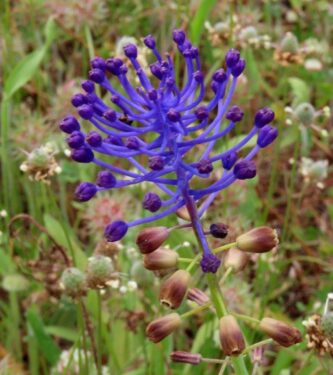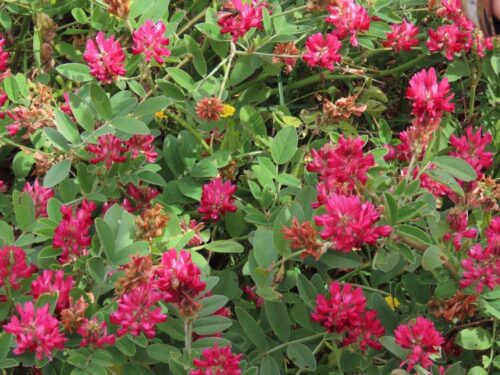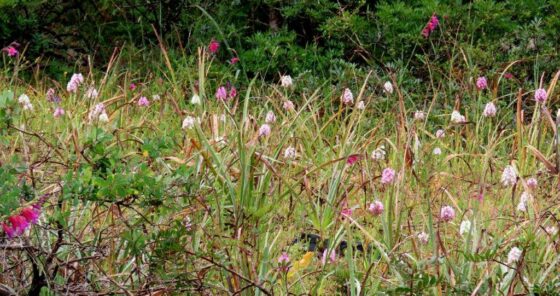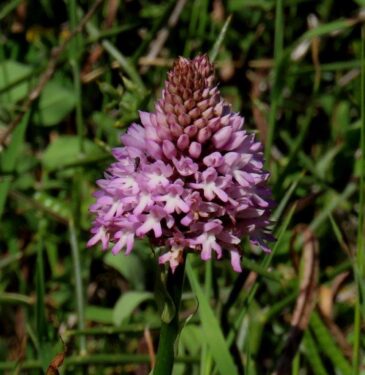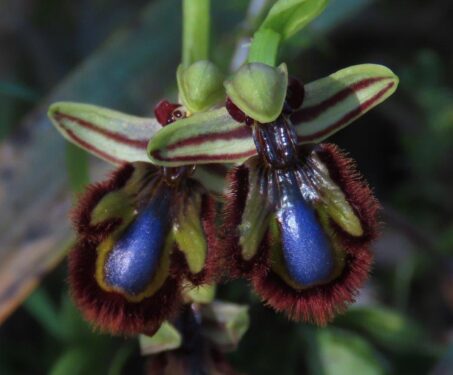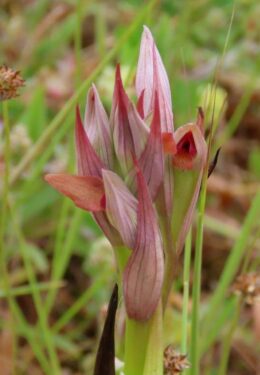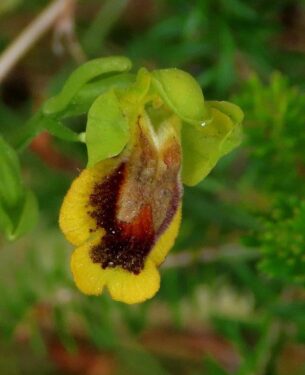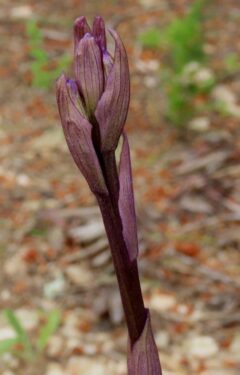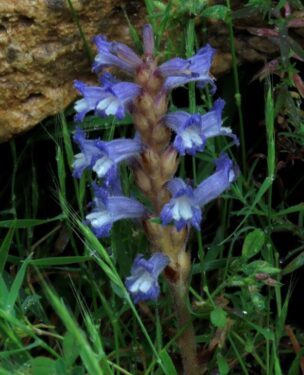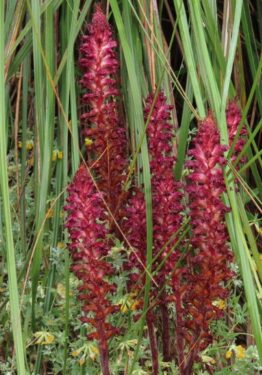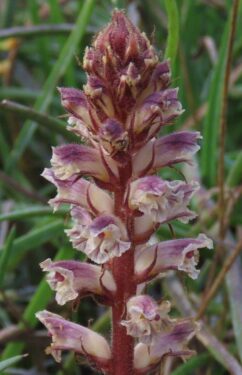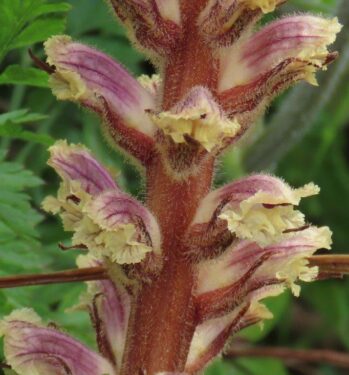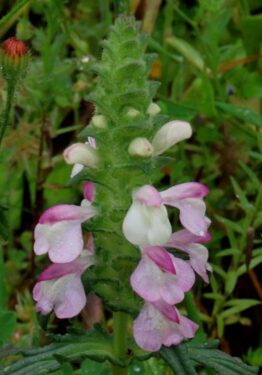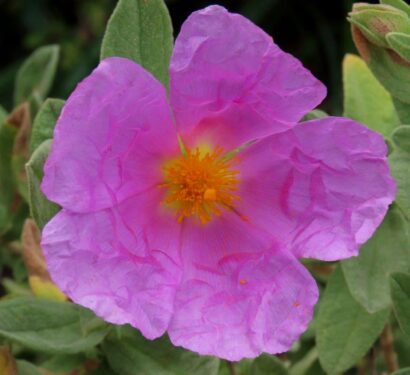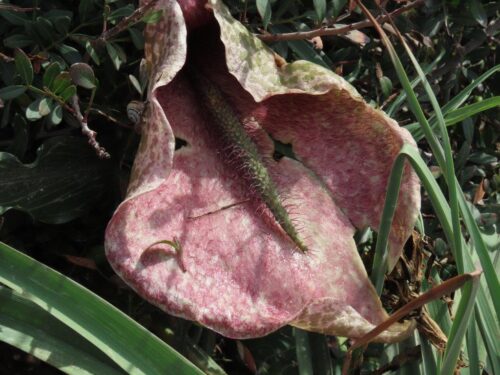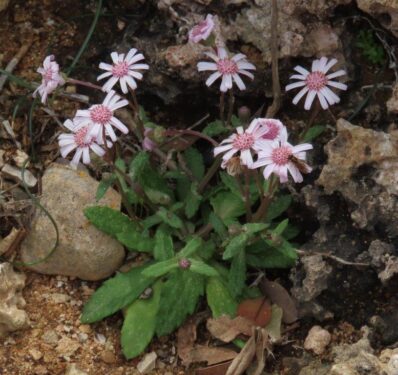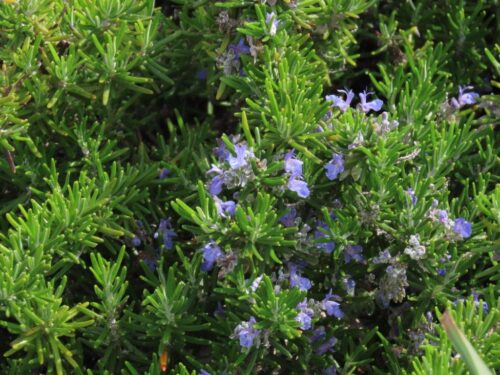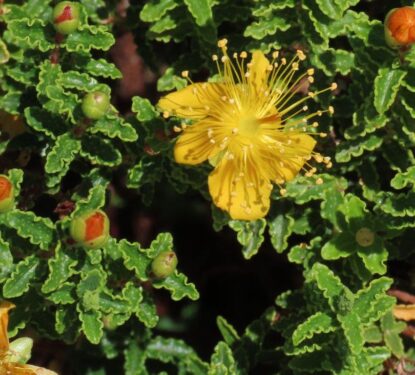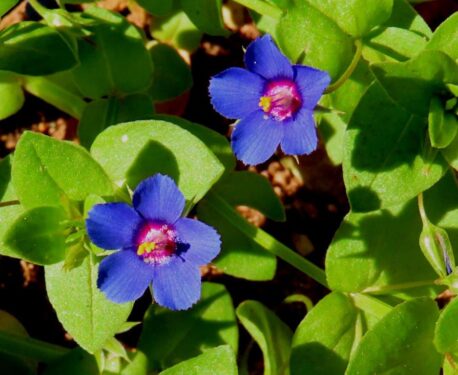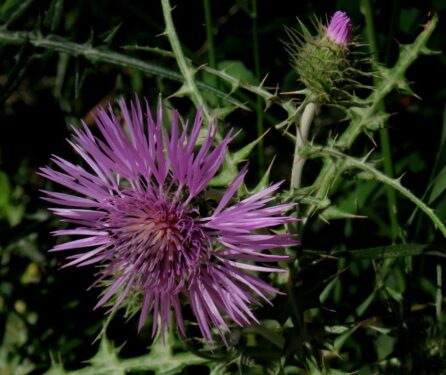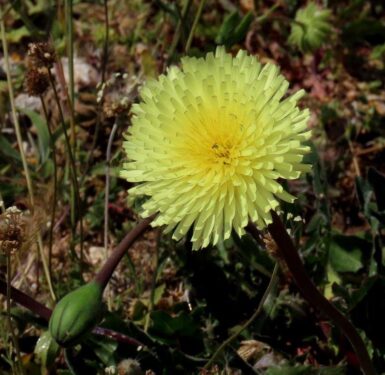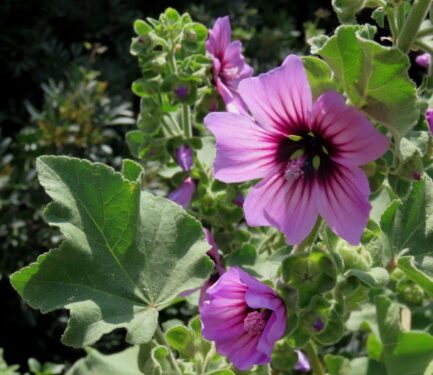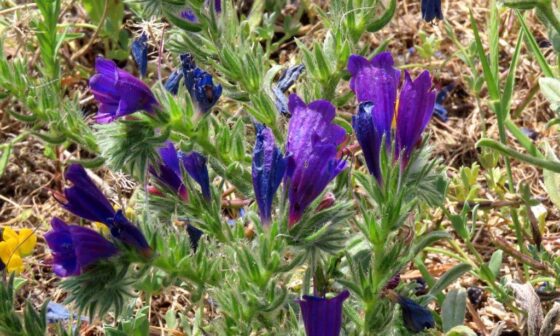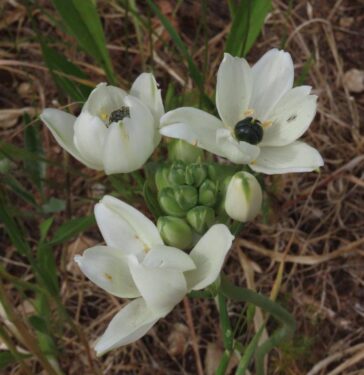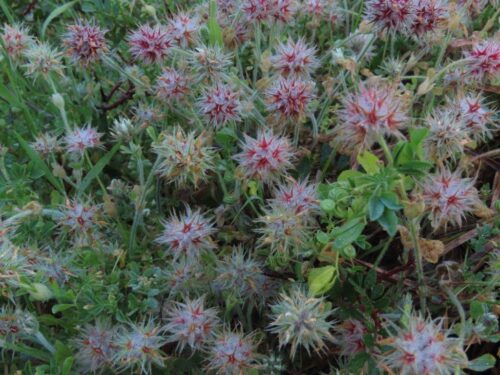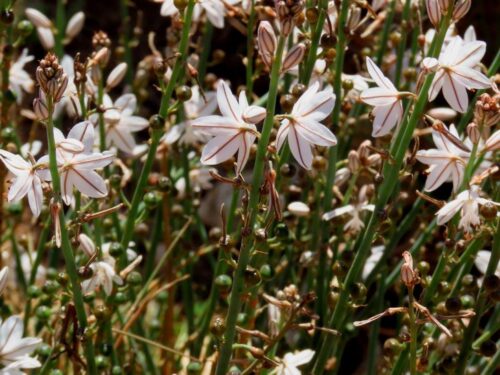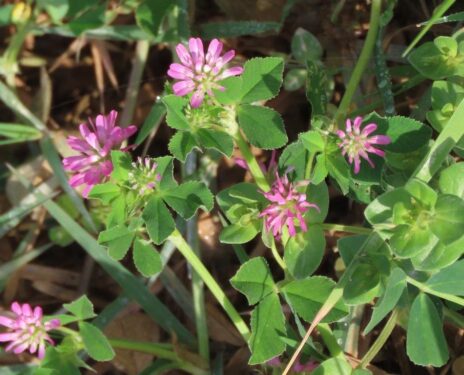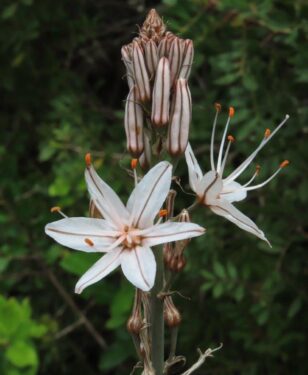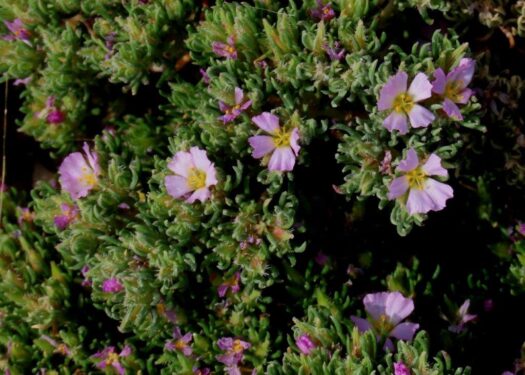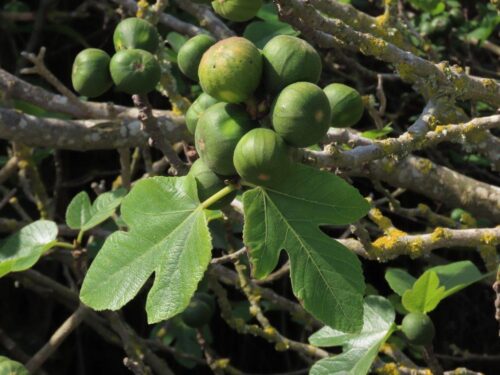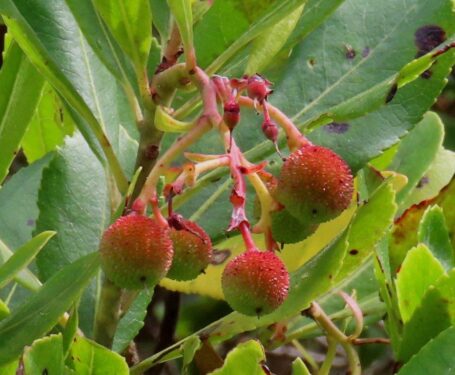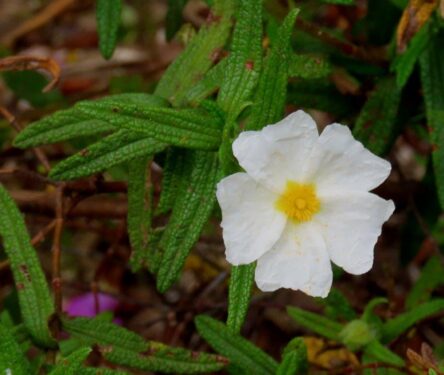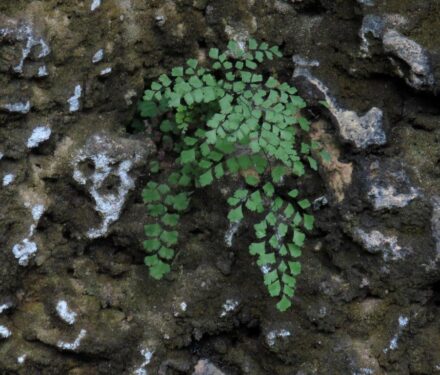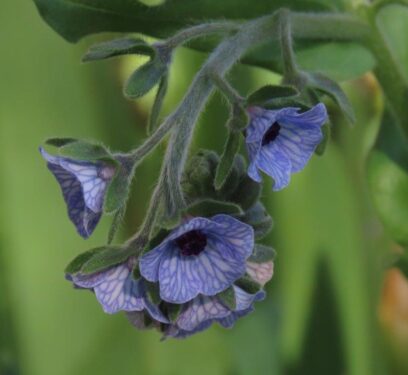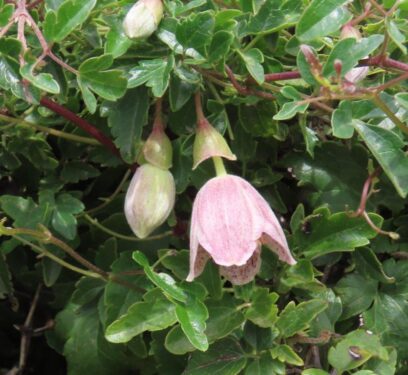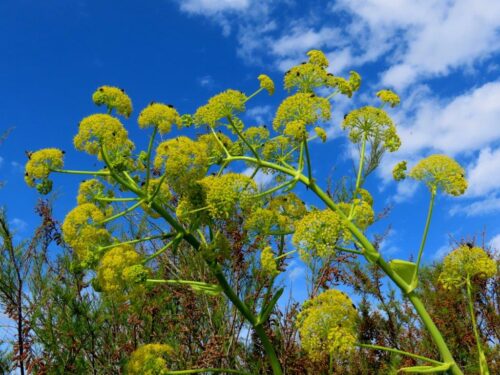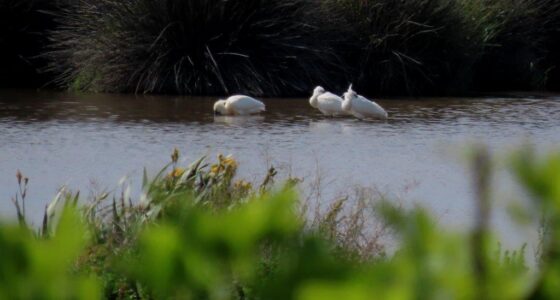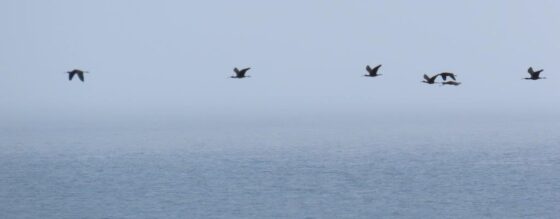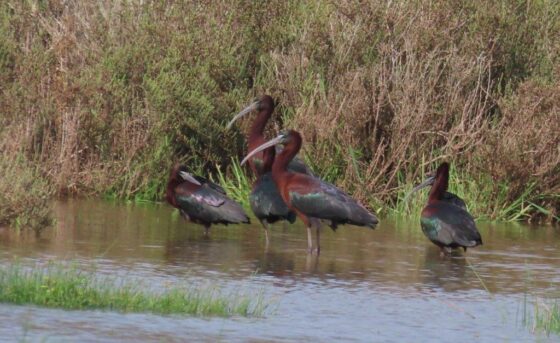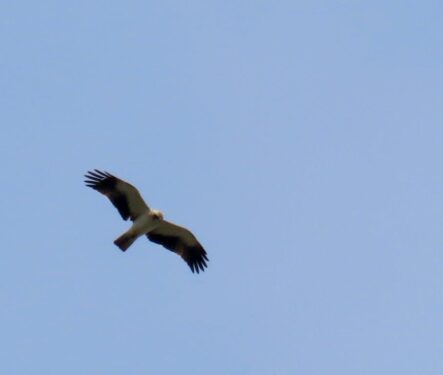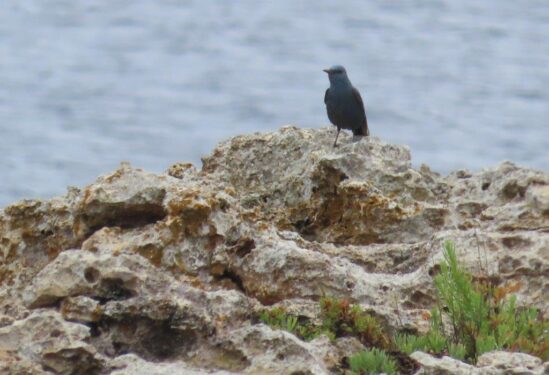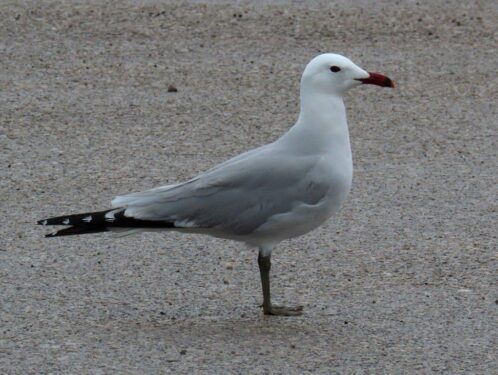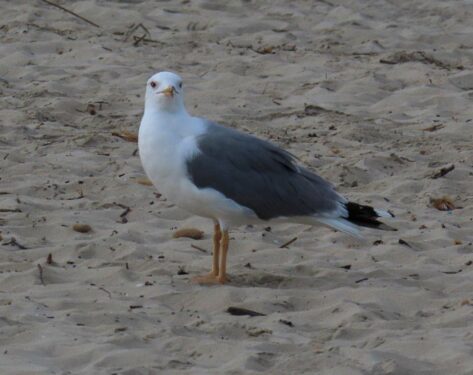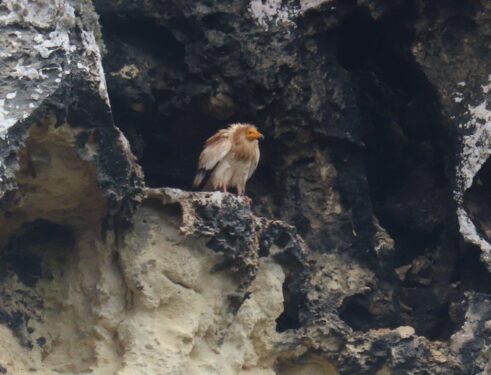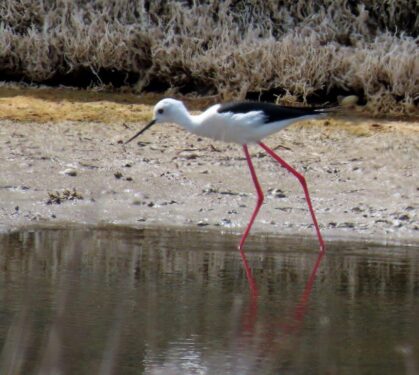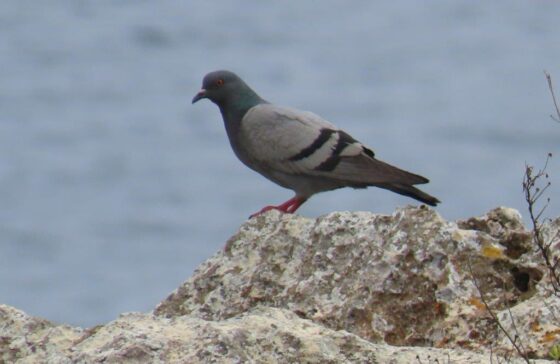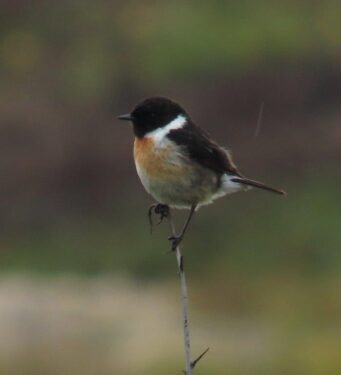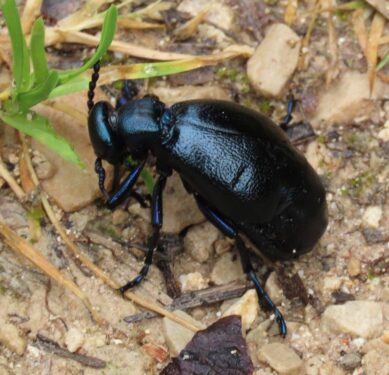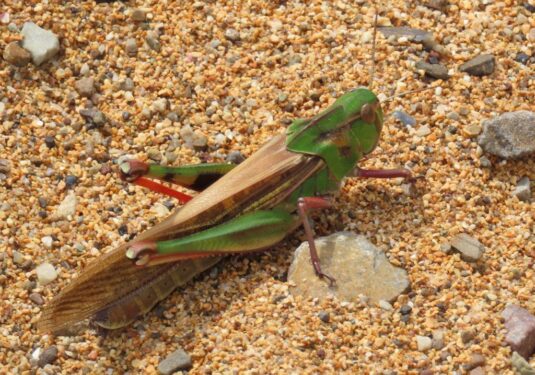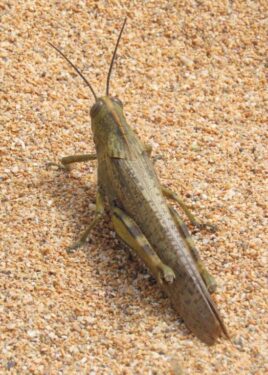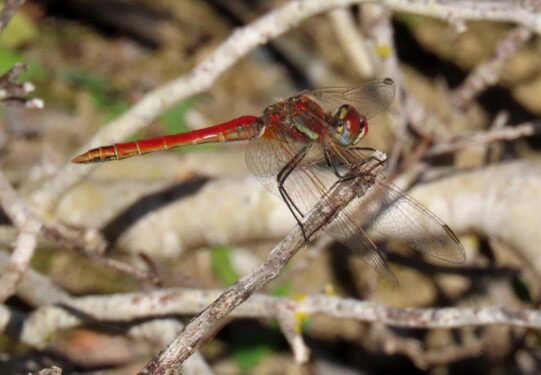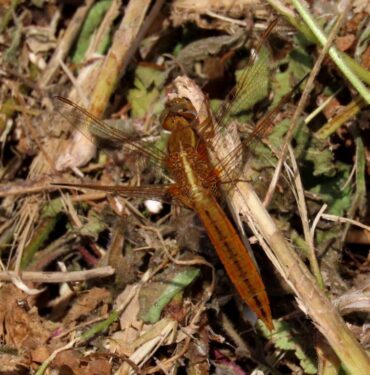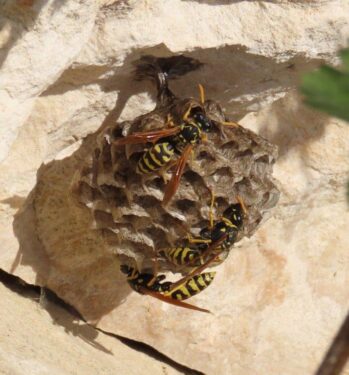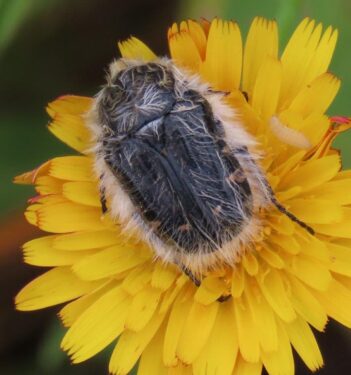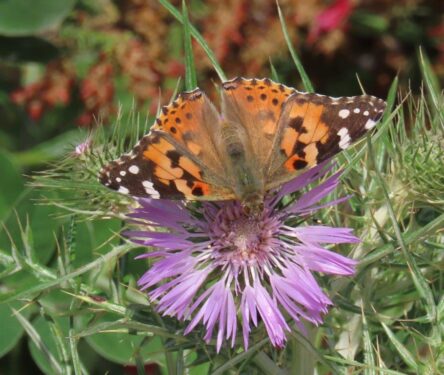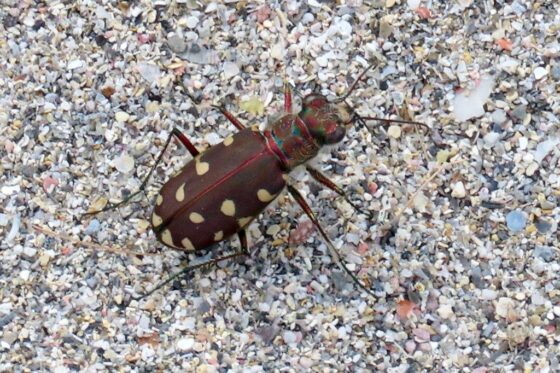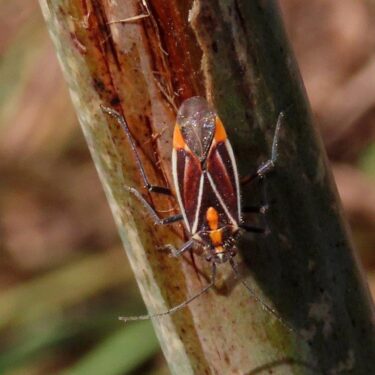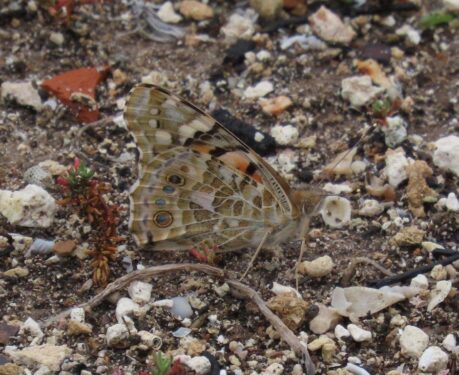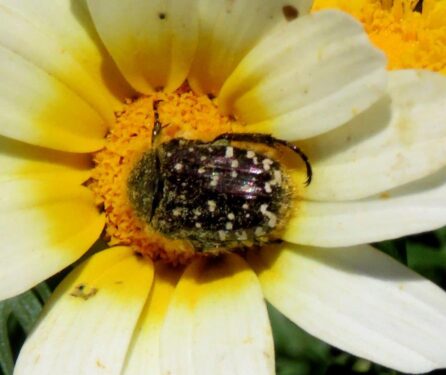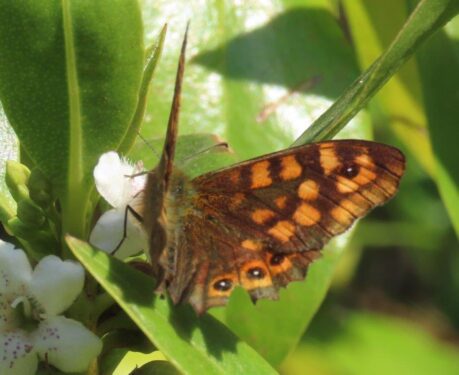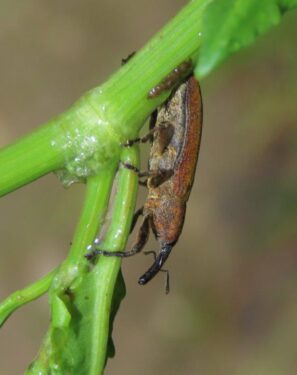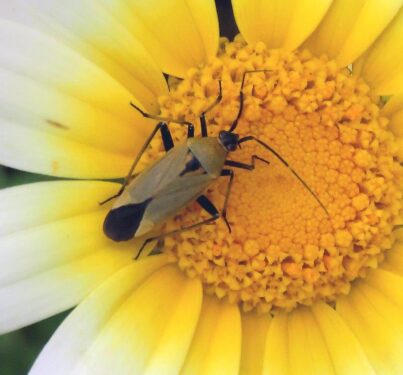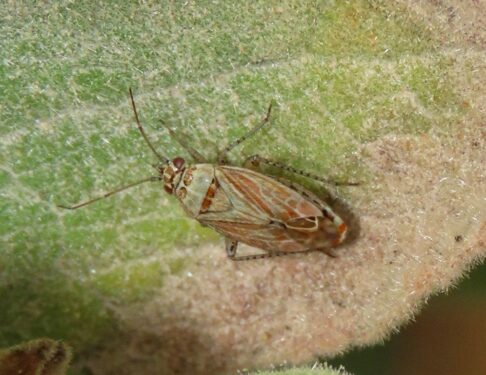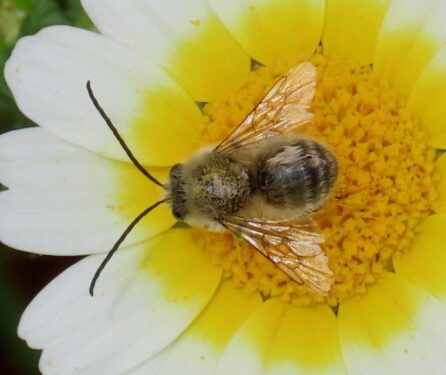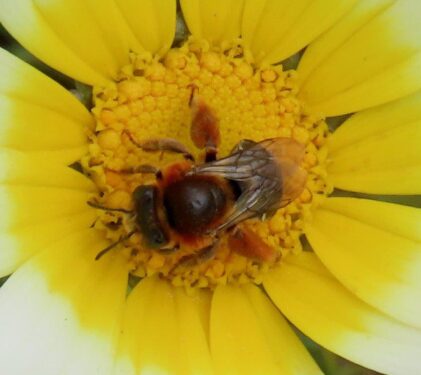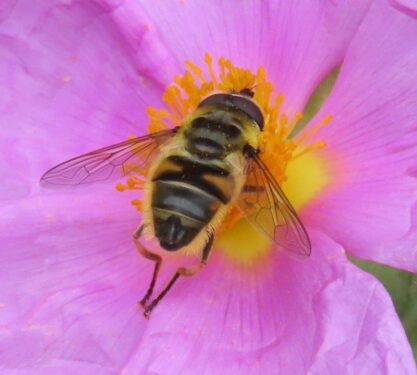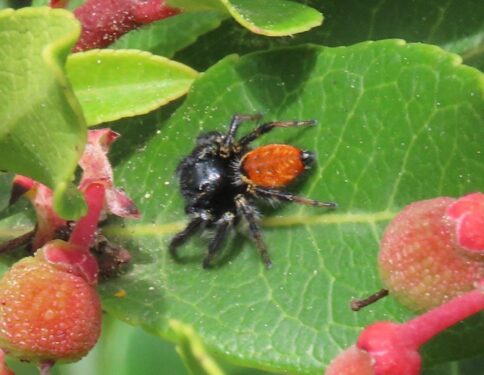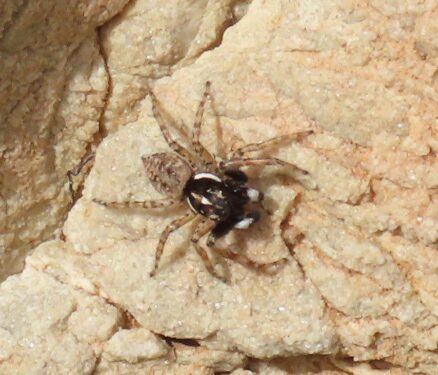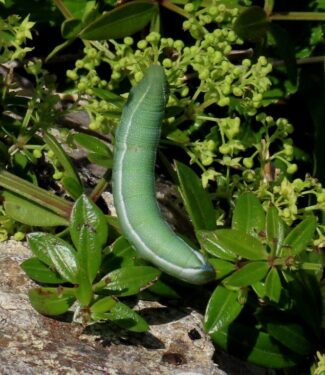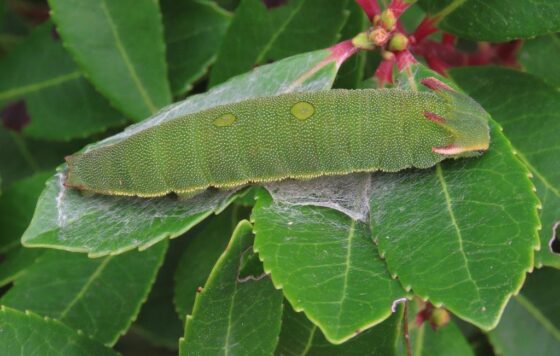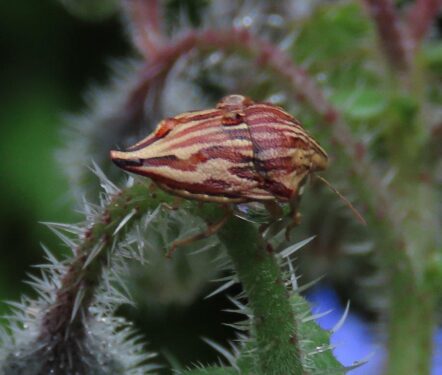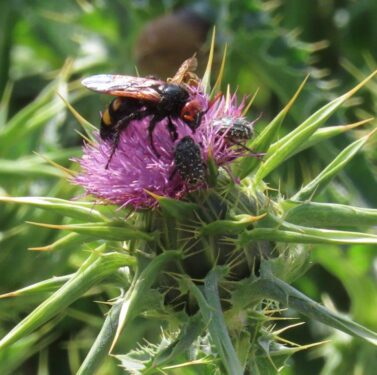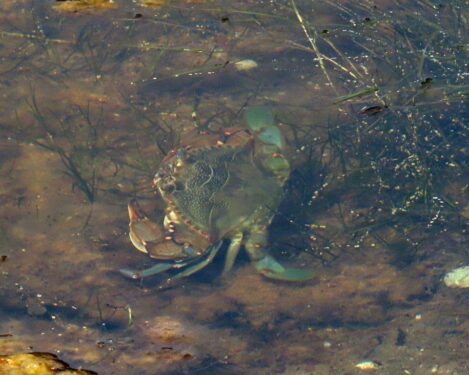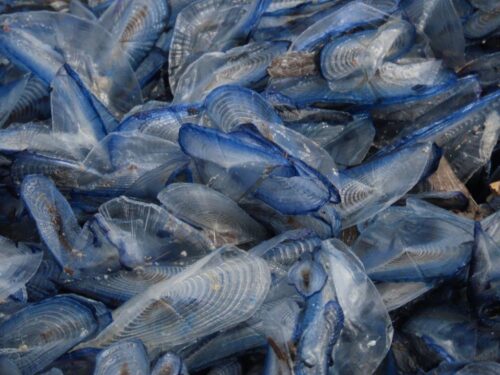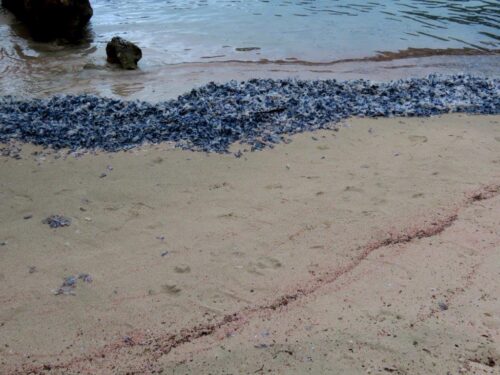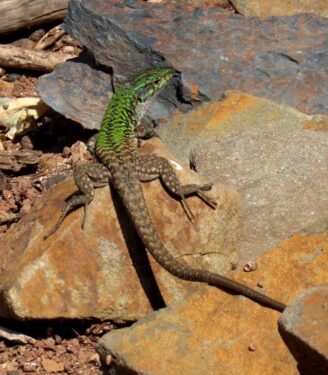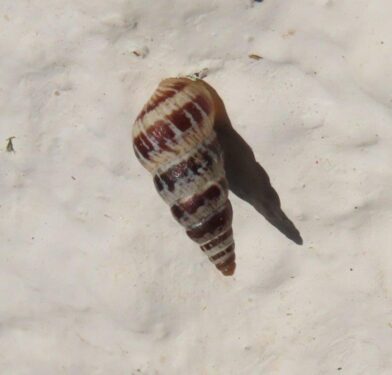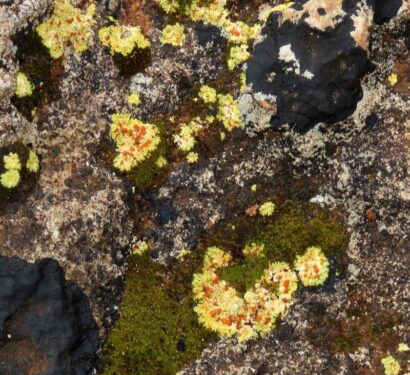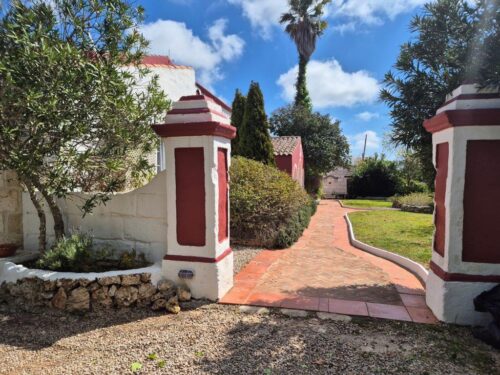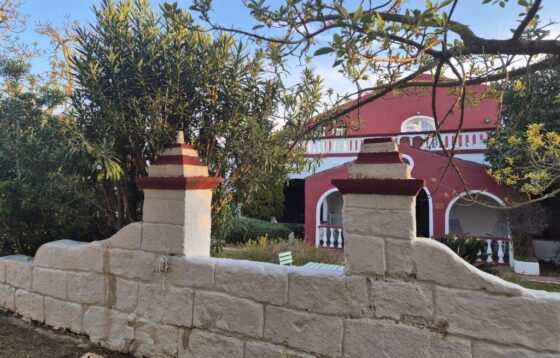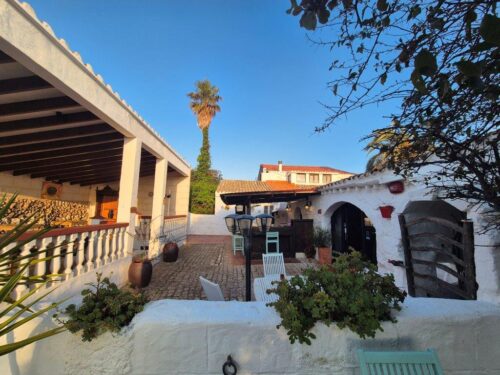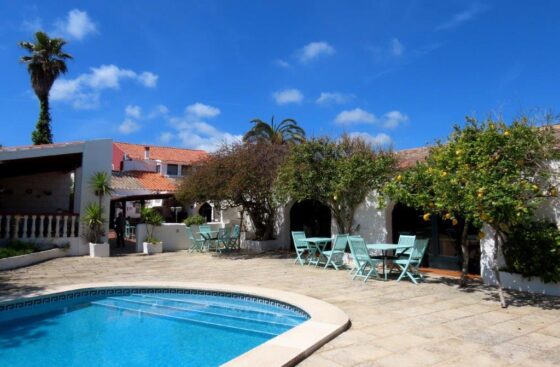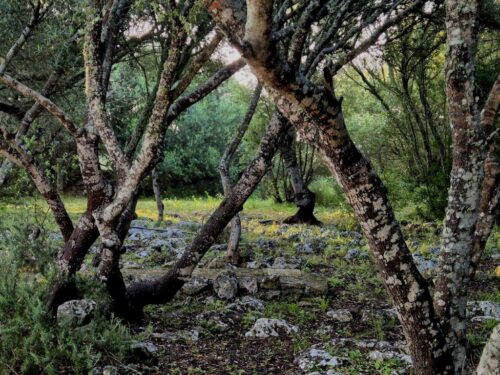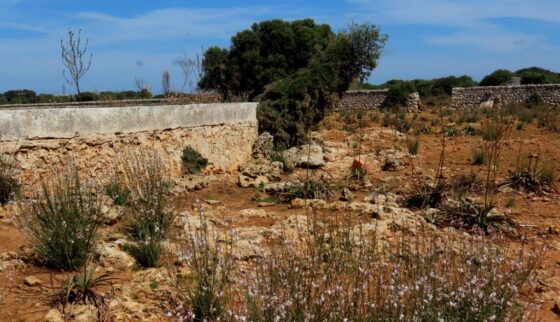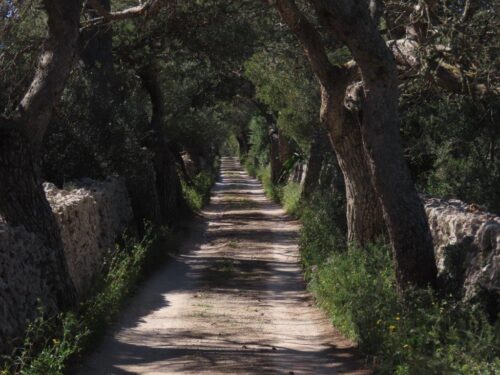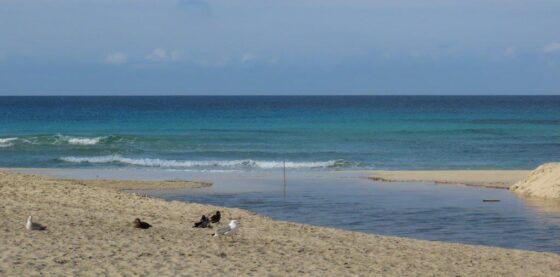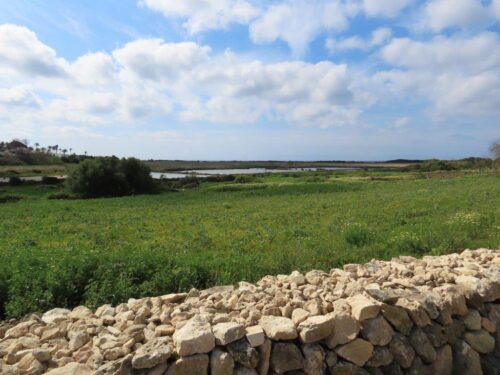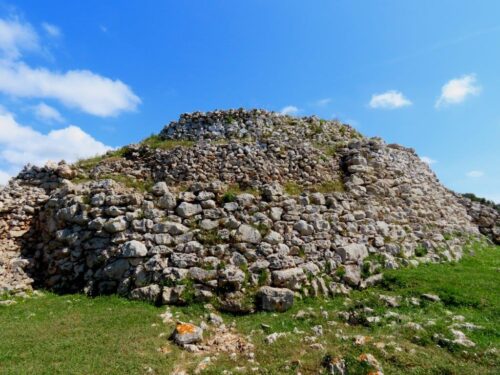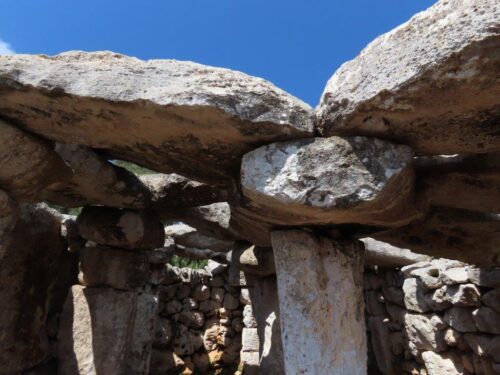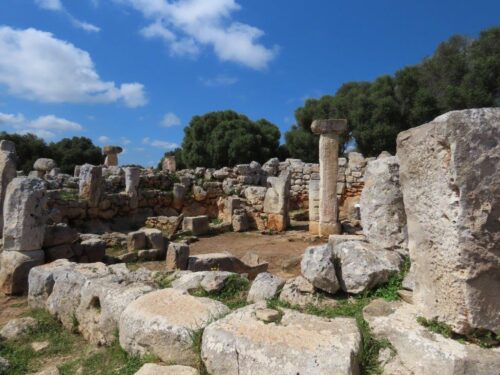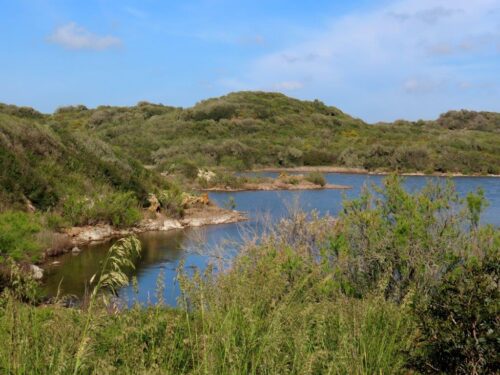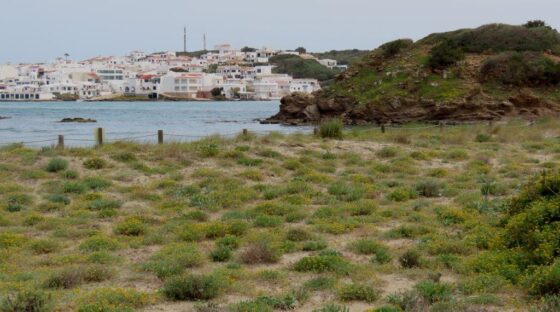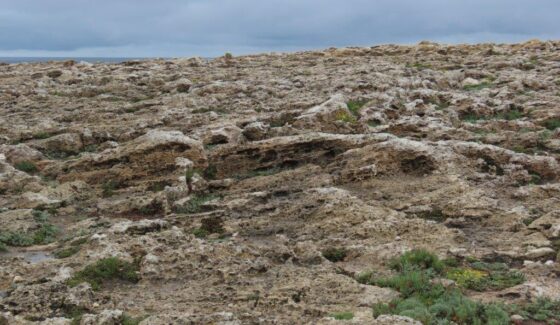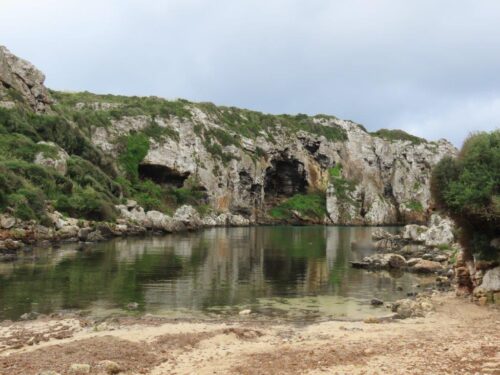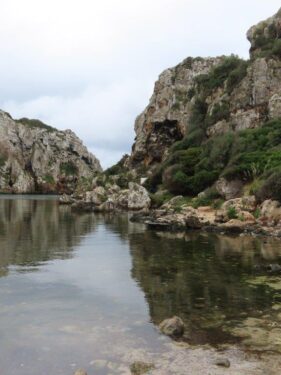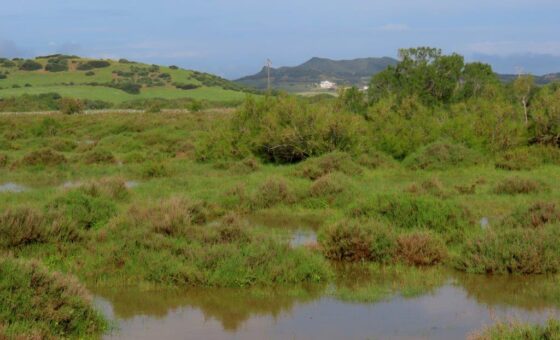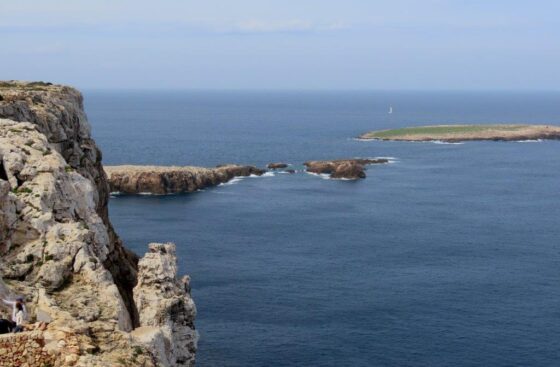Over the years, my tours to Menorca have been a mix of autumn and spring trips. Each season has its delights: in autumn the second spring of flowering bulbs and an array of exciting, often large insects; in spring the island in full bloom, but fewer and smaller insects; and always the birds, both resident and migratory, plus exciting geology and lovely landscapes.
This year, winter rains have filled the wetlands and greened the fields. Swathes of Crown Daisies, sheets of Tassel Hyacinths and Wild Gladioli and banks of Italian Sainfoin lit up every wild patch of the island…
… and orchids almost everywhere. Pyramidal, Sawfly, Mirror, Small-flowered Tongue and Bumblebee were the commonest, with fewer Sombre Bee, Yellow Bee and Violet Bird’s-nest, and only dead examples of Giant and Balearic Orchids – pretty much all that we can expect to see on Menorca at this time of year.
Parasitic plants are held deep in my affections, so the various broomrapes, plus bartsias and their relatives were good to see, along with Cytinus ruber at its usual site (possibly first reported by Honeyguide), and seemingly extending its occupancy of Cistus albidus therein.
Most of the endemic plants of the island were not yet in flower – for them it is best in May – but Balearic Dragon Arum, together with Senecio rodriguezii and the Menorcan endemic variety palaui of Rosemary gave us plenty to look at, together with a wider range of specialities in the garden of the S’Albufera des Grau visitor centre. Here is one of the most spectacular Balearic endemics, but one that is only sparsely found on Menorca, the unique, shrubby, wavy-leaved St John’s-wort Hypericum balearicum.
So many plants, it was sometimes difficult to know which way to turn. The additional photos below are just a selection! Navigate to the full report (see end of this blog) to find the names of everything we found.
Despite the absence of significant landfalls, migrant birds trickled through, with a scattering of northern migrants – Common Redstart, Wood Warbler and Pied Flycatcher, for example – together with the first few Turtle Doves, Bee-eaters and a Golden Oriole, although the latter two heard only. Large water birds were moving through, with three Spoonbills and a Glossy Ibis at Son Bou and at the end of the week small parties of Glossies and Grey Herons flying past Binidali and next day in the pools at Tirant.
There were also the locally resident Hoopoes, Stone Curlews and Booted Eagles; Blue Rock Thrushes, Yellow-legged and Audouin’s Gulls; Egyptian Vultures, Black-winged Stilts, Rock Doves and Stonechats to brighten up even the dullest days.
Our group had several keen insect-spotters, so we found plenty of interest, from Violet Oil-beetle, Balearic Scorpion, Crimson Speckled and Striped Hawk-moths and both Migratory and Egyptian Locusts, among an array of butterflies, bugs, and spiders.
At Torre d’en Gaumes , there was the large larva of a Hummingbird Hawk-moth, but most spectacular of all was the pashapillar of Sa Roca, a Two-tailed Pasha at its largest, just starting to spin its silken pupation cradle.
And as is so often the case, our visit contributed useful biodiversity information, with a sighting of a bug possibly new to the island (Odontotarsus caudatus, in the Balearics shown only from a single site in Mallorca on available maps), plus several things that may be rather new arrivals (at least according to the maps in the books), such as Two-spotted Mammoth-wasp and Sicilian Leaf-cutter, both locally very abundant and quite spectacular.
Turning to water creatures, this was the first time we have noticed the North American Blue-clawed Crabs in the salt pools of Es Grau, a species that is spreading round the Mediterranean, causing some ecological concerns while creating opportunities for novel fisheries. And then, the most remarkable sight: recent easterly winds had pushed millions of By-the-wind Sailors onto the beach at Es Grau, each one being the sail and core of a jellyfish-like colonial hydrozoan.
Then a few days later, the same at Binidali Cove…except that had the few days extra putrefaction, and the smell was considerable! But on this beach, both a blue tideline and a red one, the latter being probably from deposited foraminifera.
With a round up of this sort there always things that don’t fit into the previous categories, so here are a few, from Hermann’s Tortoise to Italian Wall Lizard, and pointy snails to sun-splashed lichens.
All this and our lovely base, Matxani Gran. Highly recommended!
And finally the vistas and landscapes throughout the island, for me the gem of the Mediterranean.
As always with Honeyguide tours (and uniquely so), each participant on every tour pays a surcharge which goes directly to conservation projects in the places we visit. From our Menorcan trips, we support GOB Menorca – Grupo Balear de Ornitología y Defensa de la Naturaleza, the Birdlife Partner and main environmental voluntary body in the Balearics. We were pleased to welcome Margarita, GOB Menorca President, with Carlos (Past President) and his wife Deborah, for an informal evening of chat, food and delights: see this on the Honeyguide blog site.
This is, as a matter of personal choice, likely to be my final overseas tour as guide, and what a swansong Menorca provided! Of all the tours in all the places I have led, I am most proud of having been able to facilitate significant contributions of funds to GOB, for me the best voluntary conservation body in Europe, that delivers so much with so few resources.
For more information about GOB Menorca and its work, please visit english.gobmenorca.com
If you enjoyed reading this and would like to know more detail about the trip, there is also a fully illustrated report, available here Menorca 2025 and on the Honeyguide website honeyguide.co.uk.
